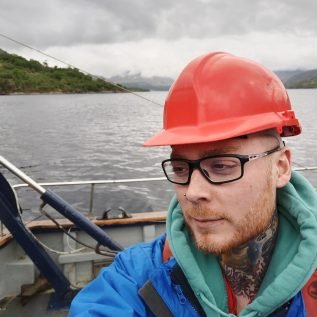
Related Articles
-
Scientists discover ‘tiger’ of the plankton world enjoys its veg too
With large teeth, hooks and poison glands, arrow worms have been nicknamed the tigers of the plankton world and are believed to be successful carnivorous hunters of the deep - but new evidence from a Scottish researcher has shown that the creature may enjoy its ‘greens’ too. Read more
16 July 2020 -
Arctic study to shed light on organisms key to the food chain
A research team – led by a University of Stirling expert – will set off on a scientific cruise to the Arctic Ocean this weekend in a bid to understand the behaviour of tiny organisms that are key to the food chain. Read more
04 August 2019
